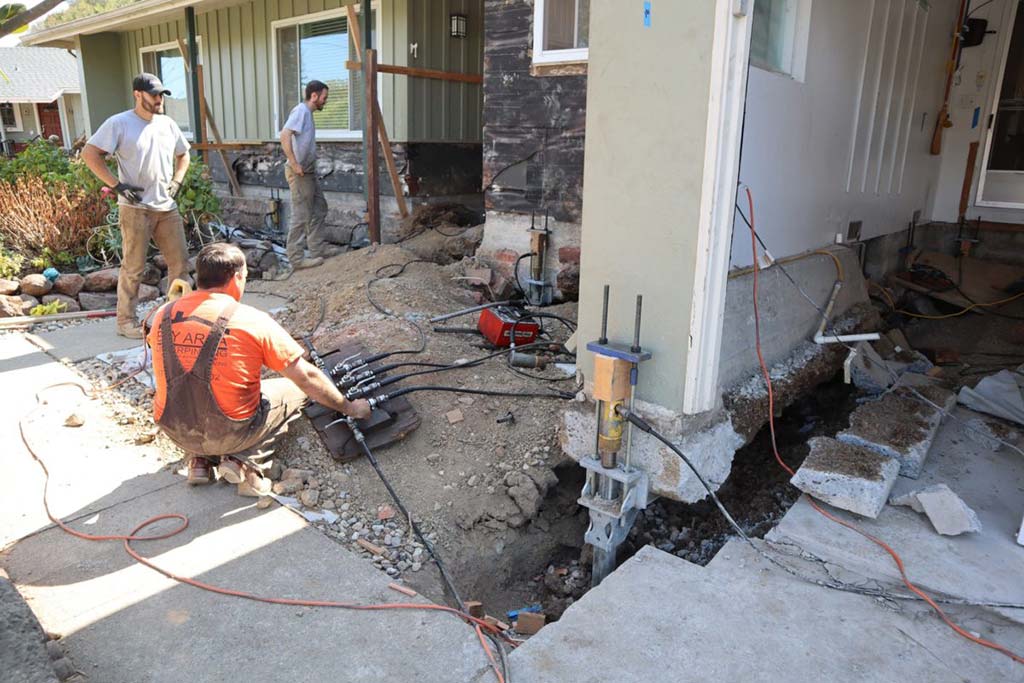Hiring a general contractor will be your best option if you need more time or skills to do the work yourself. American Kitchen Remodeling Kansas City will handle sourcing the materials and completing the job. Moreover, they’ll manage any subcontractors who might be required. A contractor can also help you save money on materials. Ask around for recommendations for a professional kitchen remodeling contractor. It’s also helpful to get recommendations from friends and family.

Before beginning the kitchen remodeling process:
- Consider labor and material costs.
- Add to this any taxes or shipping fees you may incur.
- Visit home stores and kitchen showrooms to get ideas for your new kitchen.
- Write down a list of what you want and need, then research and compare prices.
- Make sure you get samples of the materials you are considering so you can make an informed decision about your budget. You can do the same for bathrooms.
- Plan the layout and the design of your new kitchen so you don’t end up with a mess or regret the decision.
Demolition is the first stage in kitchen remodeling. During this process, your contractor will haul away your old kitchen and place a dumpster to dispose of the materials. While doing this work, you must protect any flooring you may have installed. Demolition may involve wall changes, doors and windows, plumbing, and electrical. Demolition is also important to determine the new kitchen’s layout before installing it. Make sure to get the permission of your home’s insurance provider before allowing demolition to begin.
Before tearing down and replacing the kitchen, ensure you have the proper plumbing. Kitchen remodeling will require rerouting water and drain lines. Some fixtures can be kept in place, but you may need to replace the plumbing pipes with PEX. Be aware that the cost of replacing the plumbing pipes can be substantial and may even require extensive work. If you’re on a tight budget, you can remodel your kitchen for less than a thousand dollars. Fortunately, there are many ways to save money on kitchen remodeling.
Using a licensed designer is also a smart idea. A professional designer costs eight to ten percent of the total cost of a kitchen remodel. This can help you stay on budget and on top of the project. However, you should still consider your budget before hiring a contractor. Hiring a design team to make your dreams a reality is also smart.
Another cost-effective option for kitchen remodeling is to paint the walls. Painting walls before installing the cabinets will prevent paint drips and will ensure a perfect line where the cabinets meet the wall. It’s also possible to paint the wall between the countertop and cabinets, as it’s a blank canvas to display your new kitchen decor. Subway tiles are classic, timeless options. You can also use oversized, vertically-lay subway tiles or a herringbone pattern to give your kitchen a more modern look. Just remember to use spacers and level the cabinets properly.
Aside from painting walls, another kitchen remodeling idea is replacing your existing appliances. Newer models are more functional and stylish and will make your kitchen look much better. You can also get more counter space by knocking down a wall. You can also upgrade the appliances and lighting in your kitchen. You might consider investing in a new fridge, dishwasher, or other appliances. A new refrigerator will update the look of your space. A new refrigerator will increase your enjoyment of cooking, and a new microwave will spice up your dinnertime routine.
Before you begin, draw out a general outline of your kitchen remodel. Start by mapping out the space you want to change and focus on the appliances and cabinet spacing. This will give you an idea of what type of changes you need and what your budget will allow. Finding savings or making some compromises along the way may surprise you. But remember that the overall result of your kitchen remodeling will make it a much better place to live in. And as a bonus, you’ll have a beautiful new space!
While there are many benefits to a kitchen remodeling, you should first determine your budget before beginning the project. There are several different budgetary categories, so you must decide how much you’re willing to spend. Remember that kitchen remodeling can be a great investment that will make you happy and increase your property’s value. You can make a kitchen that matches your personal style and budget. So take your time and enjoy the process.












